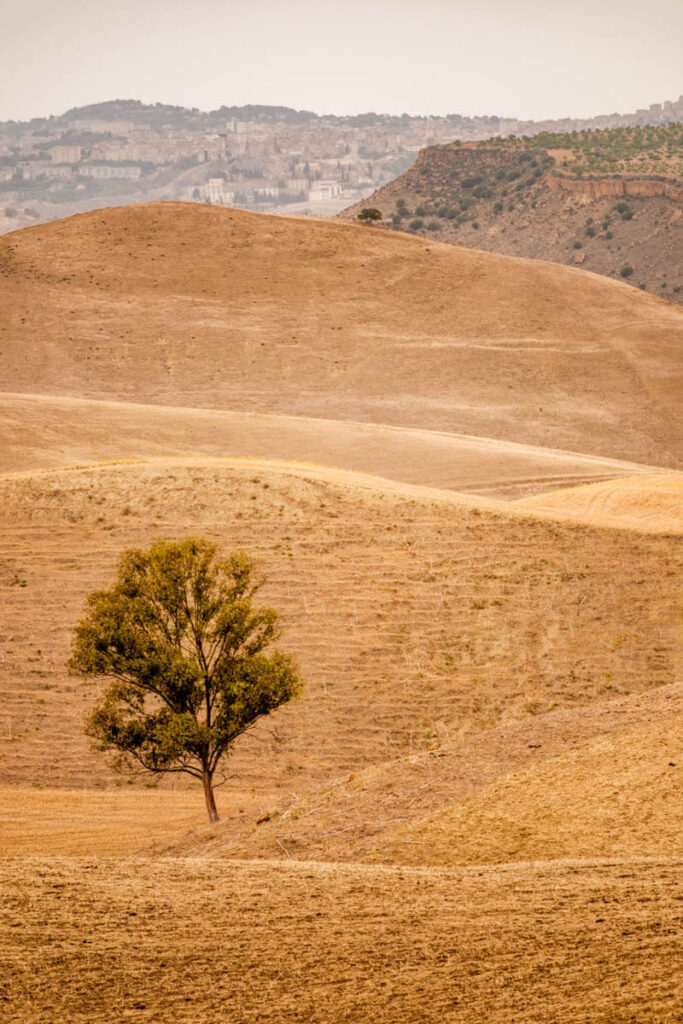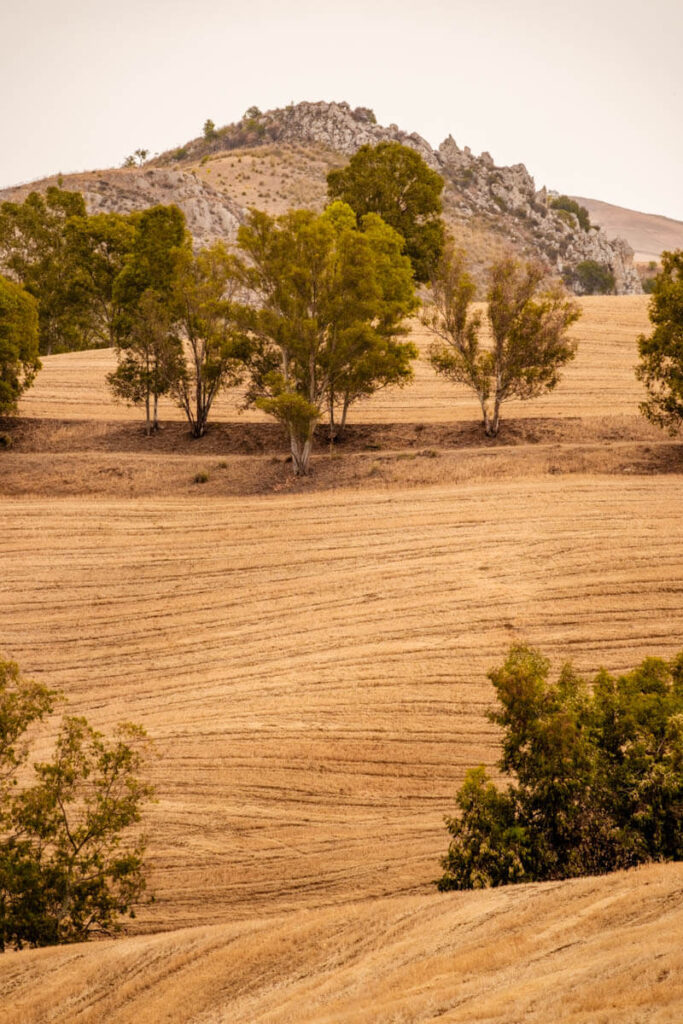Are you touring eastern Sicily, already visited the ancient Greek theatre in Taormina and looking for more historical gems? Then be sure to visit Villa Romana del Casale. As the name suggests, this Roman villa dates back to ancient times and is located on land that was once part of a large latifundium, a vast agricultural estate. Inside the villa, you can wander through a series of former rooms and admire the stunning mosaics that have been incredibly well preserved.
History of Villa Romana del Casale
The Roman villa was built in the early 4th century AD on a latifundium, where enslaved workers tended the land. Historians are still debating who exactly lived in the villa. Some suggest it may have belonged to the Roman emperor Maximianus Herculius or his son Maxentius, while others believe it was the residence of a high-ranking imperial official or a wealthy Roman bureaucrat.
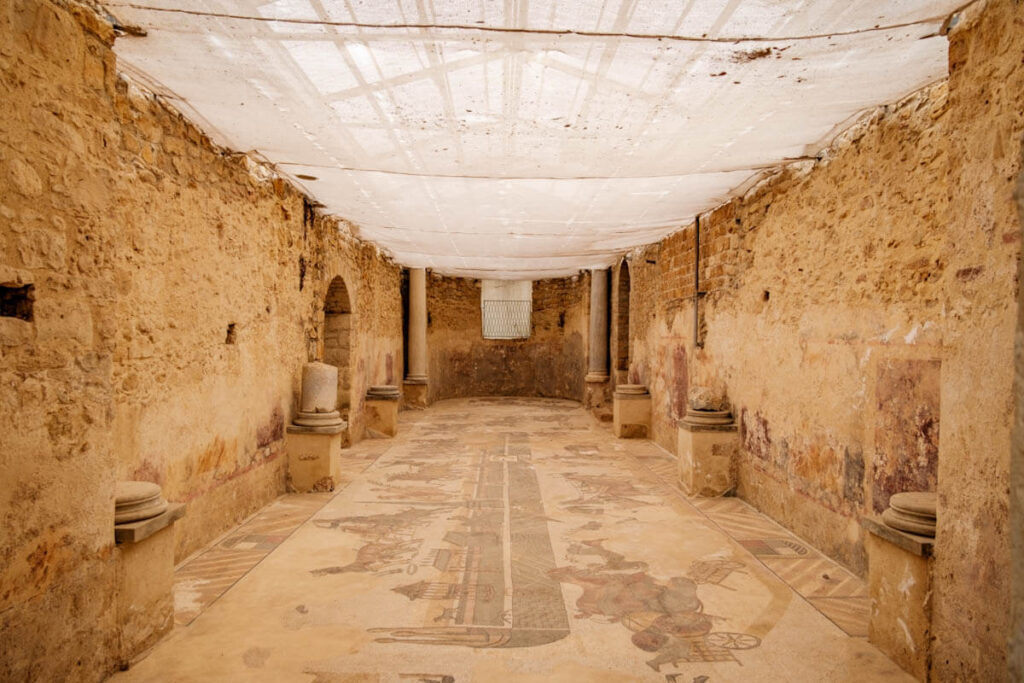
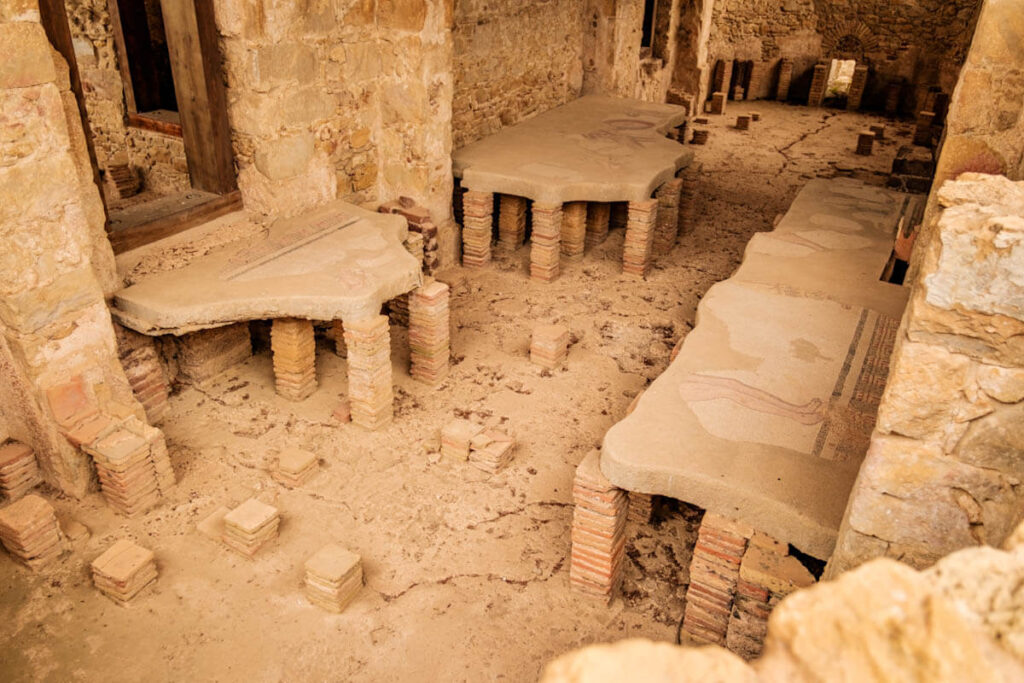
After the fall of the Roman Empire, during the time of the Byzantine Empire, the villa and its surrounding buildings were still in use. Eventually, in the 12th century, a landslide buried the site under a thick layer of mud. Ironically, this layer helped preserve the intricate mosaics that the villa is now so famous for. For centuries, the site was largely ignored, even though parts of the buildings remained visible above ground. It wasn’t until the early 20th century that serious excavation work finally began.
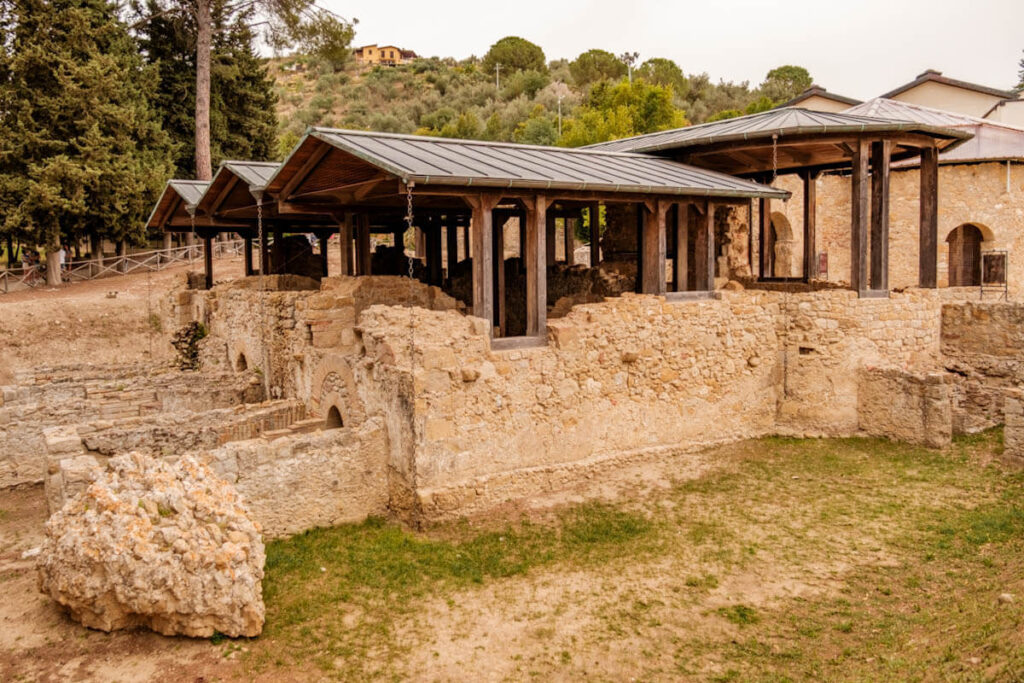
What you can see at the Roman Villa
The villa is made up of several wings with over 40 rooms, including luxurious private quarters; nearly all of them featuring stunning mosaic floors. In addition to these living spaces, the villa also includes thermal baths, a basilica, elegant colonnaded galleries, guest rooms and various inner courtyards. Around 4,000 square meters have been excavated so far, but this is believed to be just a small portion of the original complex. While no outbuildings have been clearly identified yet, it’s widely assumed that remains of stables, workshops and slave quarters are still buried nearby.
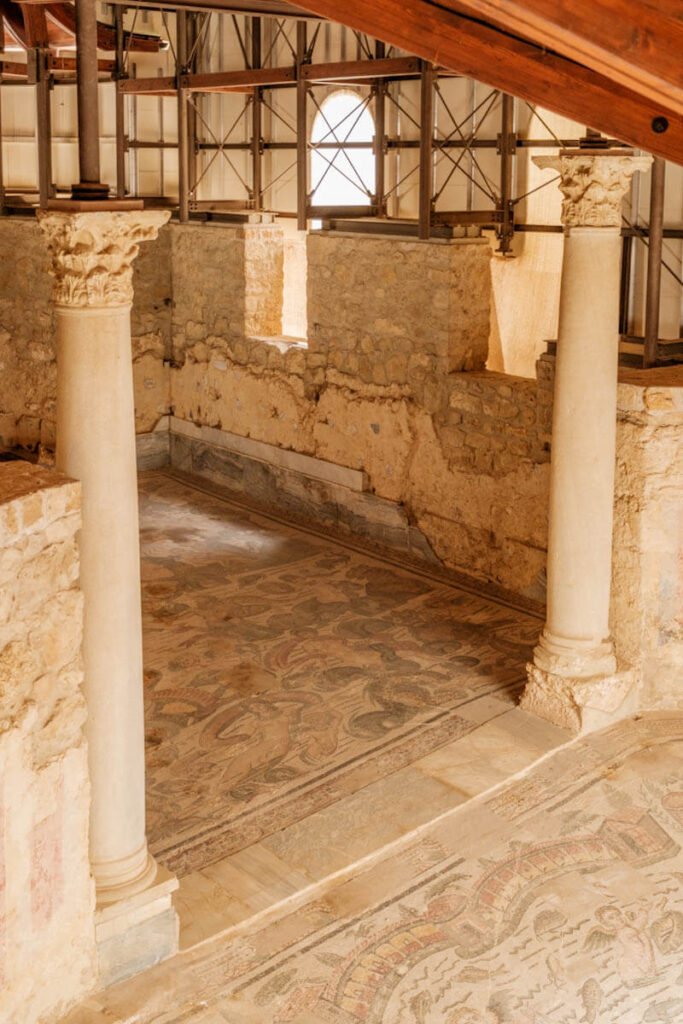
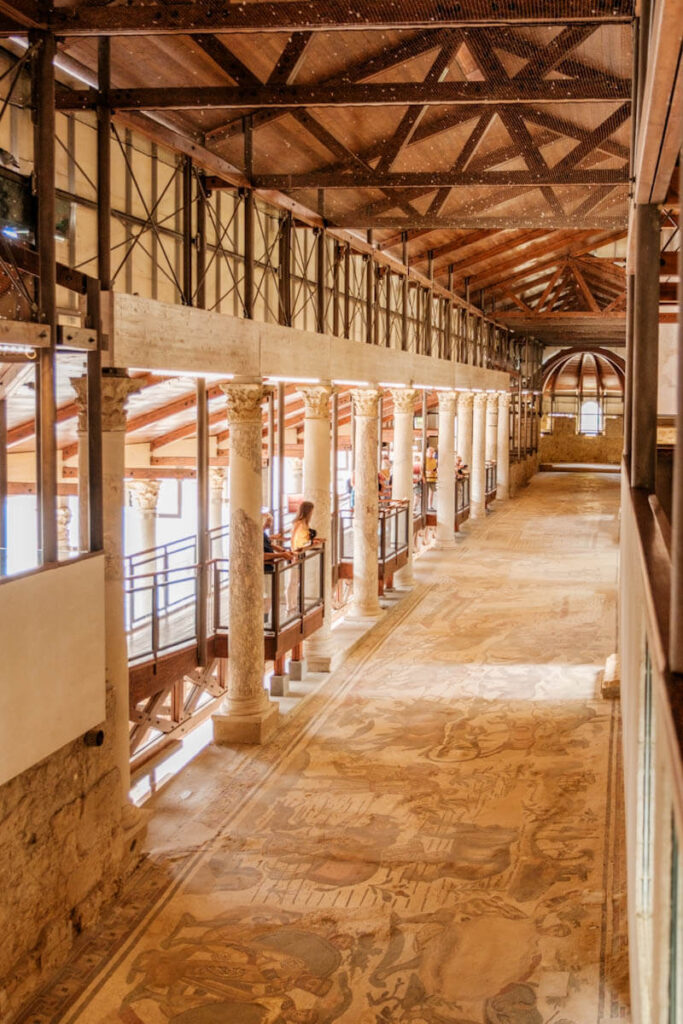
Mosaics in the villa
The highlight of the Roman villa complex is undoubtedly the mosaics. These are exceptionally well preserved and considered some of the finest and most intricate Roman mosaics in the world. Given the similarities to mosaics found in Carthage (modern-day Tunisia), it is believed that the mosaics at Villa Romana del Casale were created by North African artists. Some of the depicted scenes also suggest African influences and certain colored mosaic stones have been traced back to Africa. Experts believe that all mosaic floors were installed within a span of about ten years, possibly by different groups of mosaic artisans.
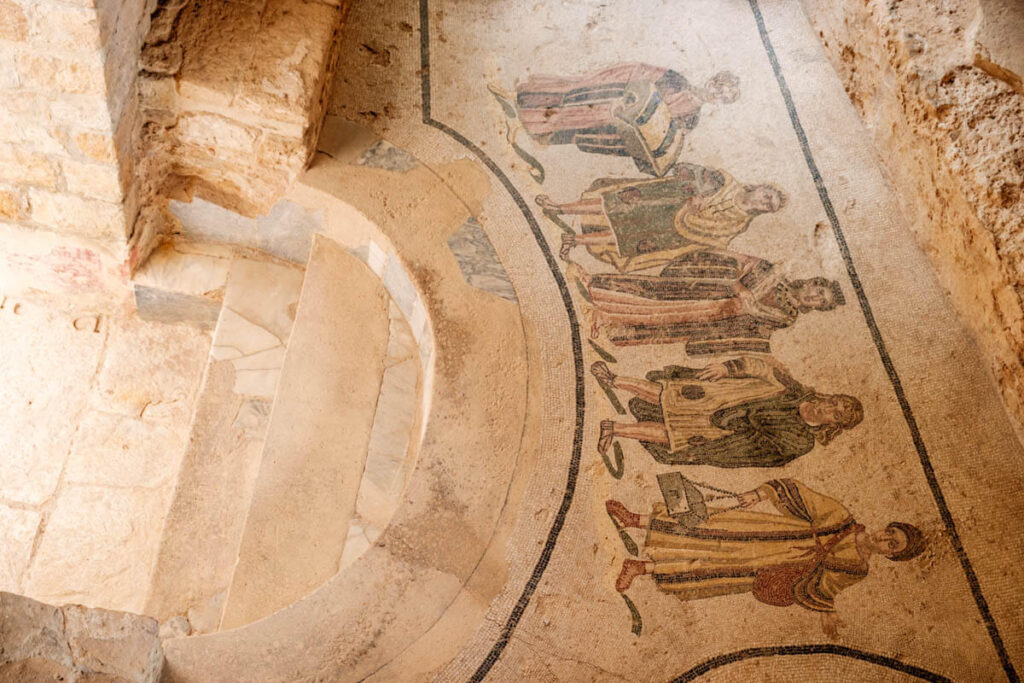
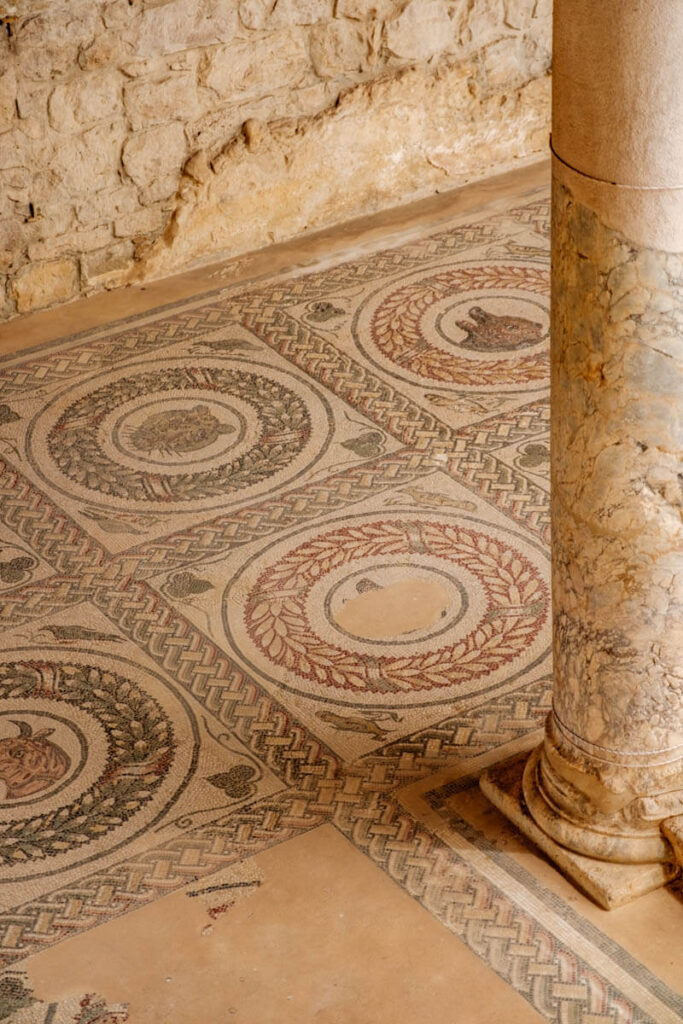
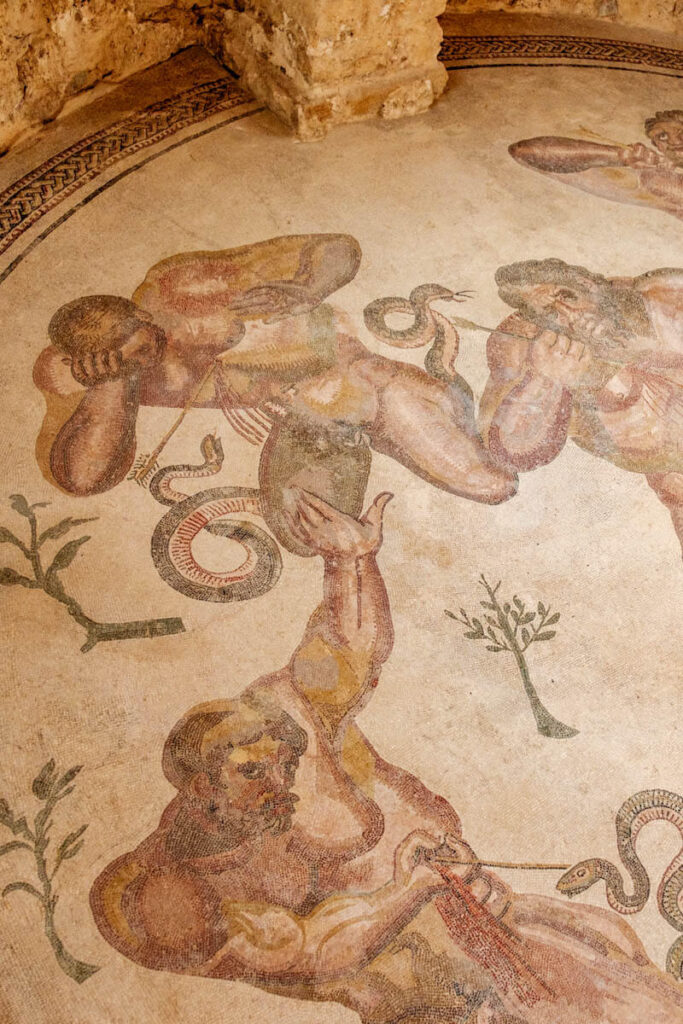
UNESCO World Heritage Site
In 1997, Villa Romana del Casale was added to the UNESCO World Heritage List due to the exceptional quality and scale of its mosaics and its remarkably well-preserved architecture.
The most famous mosaics include the elaborate hunting scene with various animals and hunters in the Corridor of the Great Hunt, the mythological depiction of Hercules in the Triclinium and the Room of the Girls in Bikinis. But honestly, all the mosaics are stunning. There’s so much to see, you won’t know where to look first.
Visiting Villa Romana del Casale
Villa Romana del Casale is located just a few kilometers from Piazza Armerina. It’s easy to find, Google Maps will take you straight there. A large (paid) parking lot is available and from there, it’s just a short walk to the entrance. You can choose to visit with an audio guide, explore on your own or join a guided tour. There are plenty of information boards throughout the site, so even without a guide, you’ll learn a lot during your visit. It’s best to purchase tickets online in advance, so you won’t have to stand in line at the ticket counter.
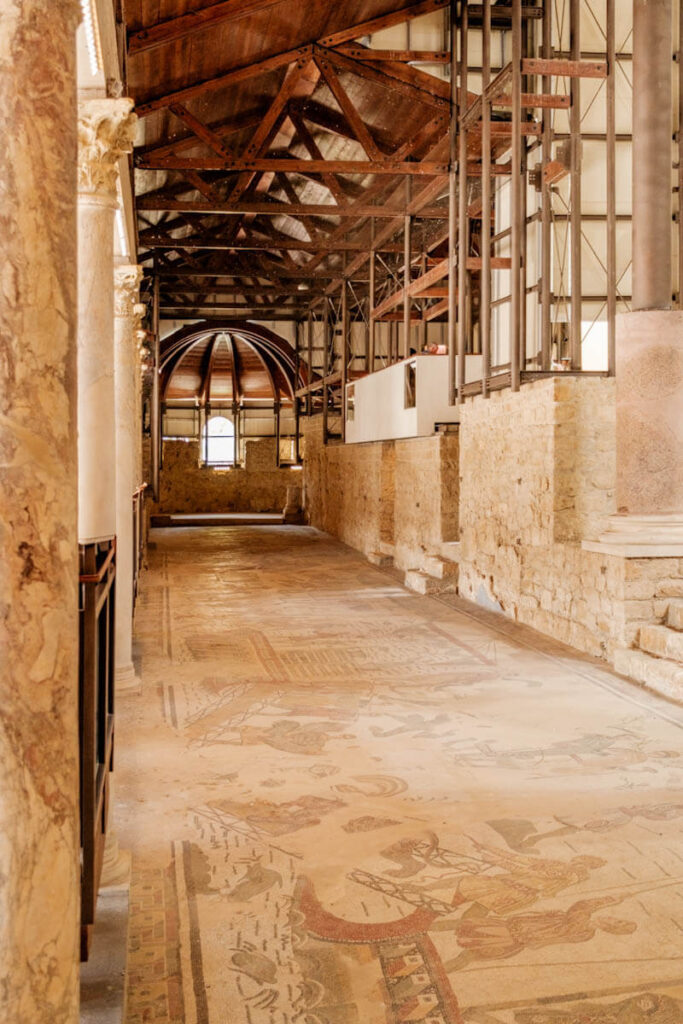
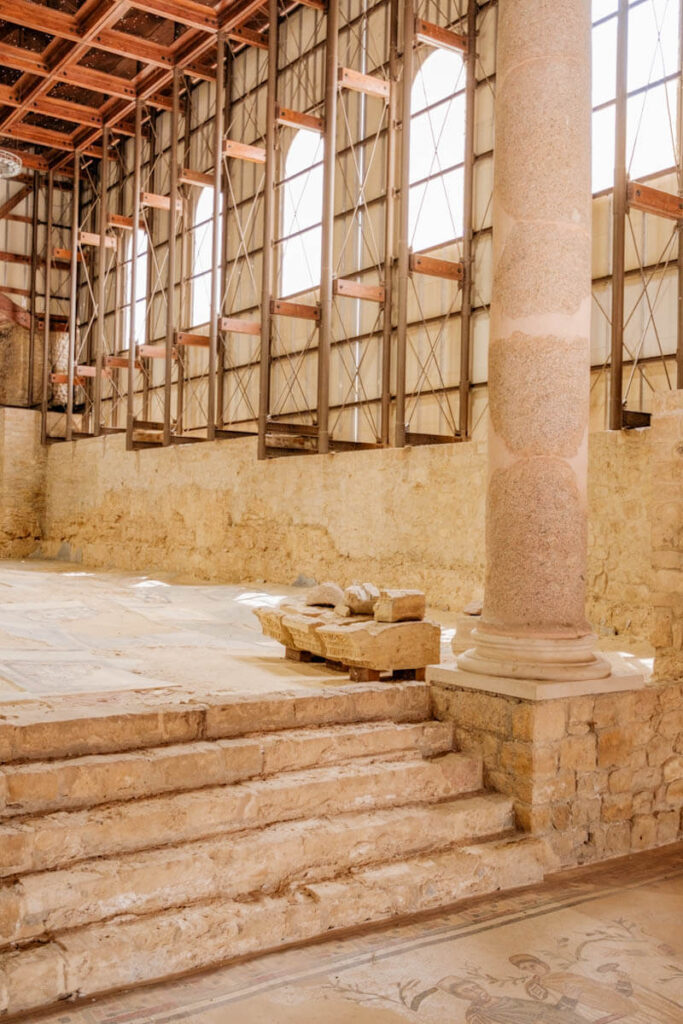
Other Roman sites on Sicily
Not planning to be near Villa Romana del Casale, but still interested in visiting a Roman villa? Sicily is home to two other late-Roman villas: Villa Romana del Tellaro near Noto in the southeast and Villa Romana di Patti Marina on the northern coast near Messina. They are smaller in scale but similar in terms of layout and architecture. Like Villa Romana del Casale, they’re also adorned with beautiful mosaics.
If all of this has sparked your interest and you’d like to dive deeper into the history of Villa Romana del Casale, I highly recommend this page; it offers a wealth of background information about this fascinating Roman site in Sicily.
